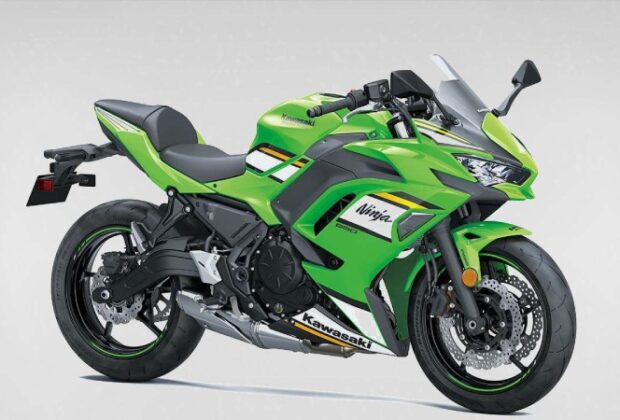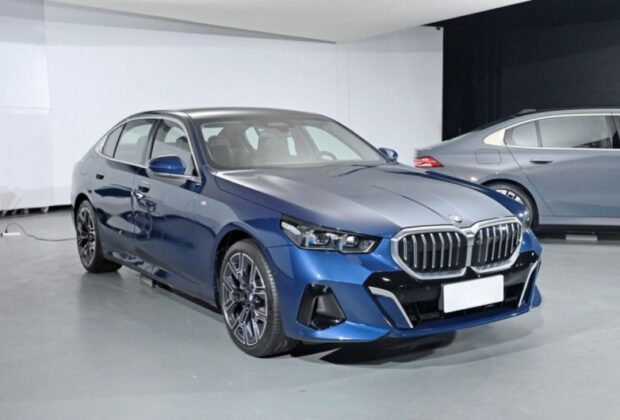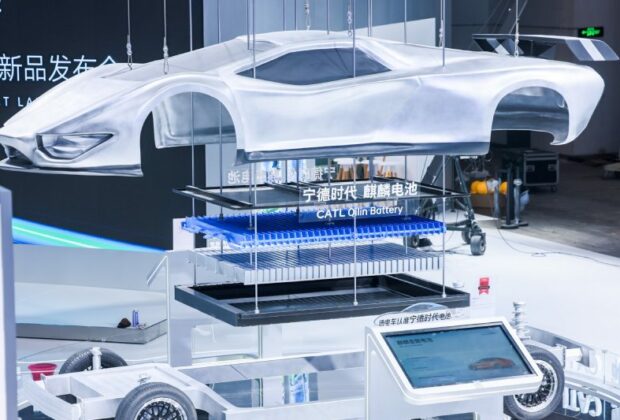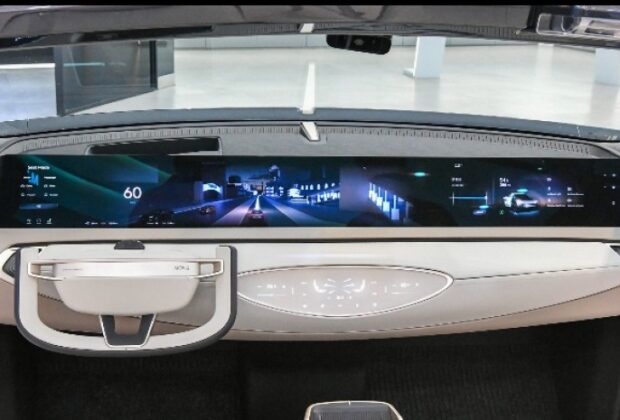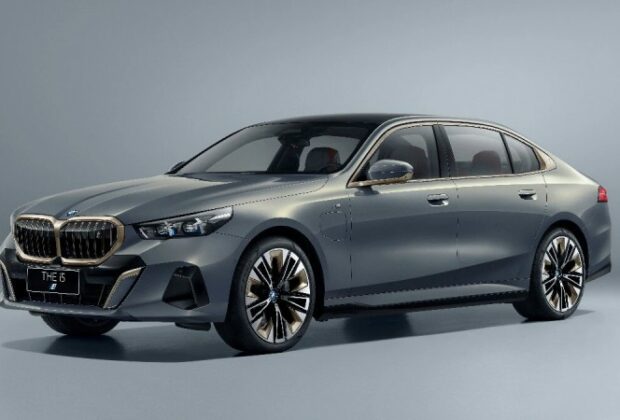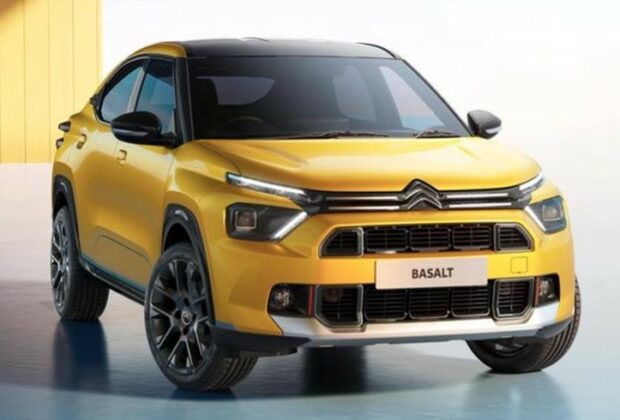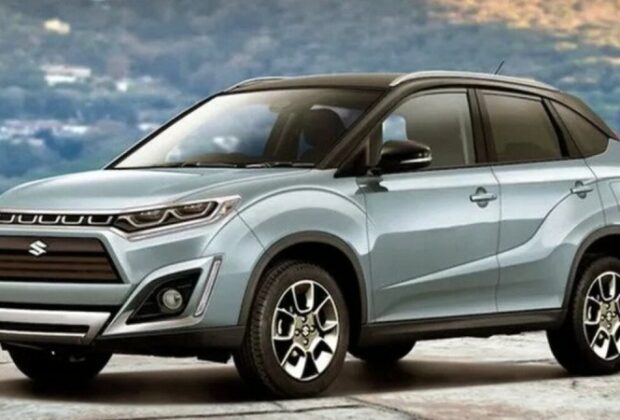On July 24, the German luxury vehicle manufacturer BMW will introduce the brand-new 2024 5-Series Long Wheelbase (LWB). But the business has already launched this new sedan in the Indian auto market before the official debut. The 5-Series will be available with a slightly longer wheelbase this time around, which will improve the ride for the backseat occupants. The far more costly 7-Series served as inspiration for the design of the new 5-Series, which was created from the ground up this time.
2024 BMW 5-Series: Details
The most remarkable dimensions in its class are found on the 2024 BMW 5-Series LWB. Its dimensions will be 1,900 mm in width, 1,520 mm in height, and 5,175 mm in length. The wheelbase, which will be 3,105 mm, will greatly increase the amount of space inside, especially in the back.
Exterior Design
The German automaker started from scratch when designing the new 5-Series LWB’s external appearance. It doesn’t have any design cues from the model from the prior generation. It features the recognisable kidney grille up front, which has been updated with a more prominent and contemporary design.
Twin-pod swept-up LED headlamps with new LED daytime running lights (DRLs) surround it. The car’s aggressive attitude is further enhanced by the front bumper, which has more defined lines and a sharper appearance. The specific model that was unveiled also had gold grille surrounds, which were also visible on the bottom half.
Regarding the side profile, it has flush door handles, window surrounds in the same gold colour, and a five-point star in the same golden element behind the rear quarter glass. The new 5-Series M-Sport model in question was spotted with 18-inch alloy wheels. Additionally, the business will provide optional 19-inch wheels, which have a more modern appearance.
Its sleek wraparound LED taillights, which are reminiscent of the new 7-Series and i7, will be seen on the back. They will have three sleek-looking horizontal LED lines. Additionally, a sculpted rear bumper with integrated reflectors will be added. Additionally, the rooftop will slope gracefully into the trunk. Its silhouette is more akin to a coupe’s.
Interior Design and Features
The new 2024 5-Series LWB’s interior has also undergone a total overhaul. The new sedan will have state-of-the-art technologies and a layout that is far more contemporary, elegant, and sophisticated. A 14.9-inch curved display will take centre stage in the dashboard.
It will be available with the most recent version of the BMW OS, 8.5. In addition to this screen, there will be a 12.3-inch digital instrument cluster located behind the newly designed three-spoke steering wheel. Additionally, aluminium speaker grilles, open-pore wood trim, and premium soft-touch surfaces will be seen on the new 5-Series.
Additional Features
The 2018 BMW 5-Series front chairs will have standard power adjustment features as well as ventilation. The longer wheelbase will be advantageous for the back seating area. It will provide more headroom and legroom for the backseat passengers.
The seats are fixed, but they have a pleasant 31-degree angle and are well-padded. Sadly, even though it’s the LWB version, there won’t be any changes. On the other hand, the backseat passengers will receive a wireless phone charger, a touchscreen for climate control, a fixed moon roof, and neck pillows.
Speaking of wireless phone chargers, there will be wireless charging stations on the front and back. In addition, the vehicle will have an eighteen-speaker Bowers & Wilkins sound system, multi-zone climate control, and electrically controlled vents built into the dashboard.
BMW 5-Series LWB: Powertrain Options
It is anticipated that the 2024 5-Series LWB will provide a selection of strong and effective engines. Initial models are probably going to be 2.0-liter turbocharged diesel and petrol engines. An eight-speed automatic gearbox and a mild hybrid system will be standard on each of these engines.
Additionally, BMW intends to release more potent versions later on, such as the 530d and 530i in M-Sport configurations. The rear wheels will be powered by all engines. In 2025, the xDrive all-wheel drive is anticipated to be exclusive to the upcoming M5.
Pricing and Competition
It is anticipated that the 2019 BMW 5-Series LWB will cost between Rs. 85 lakh and Rs. 1 crore.
Read Full Article


